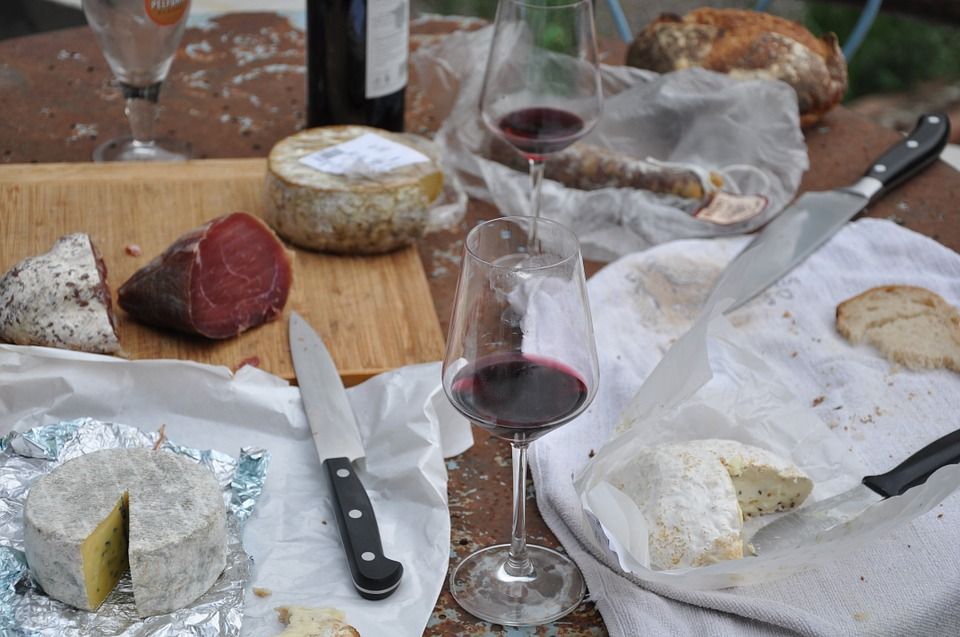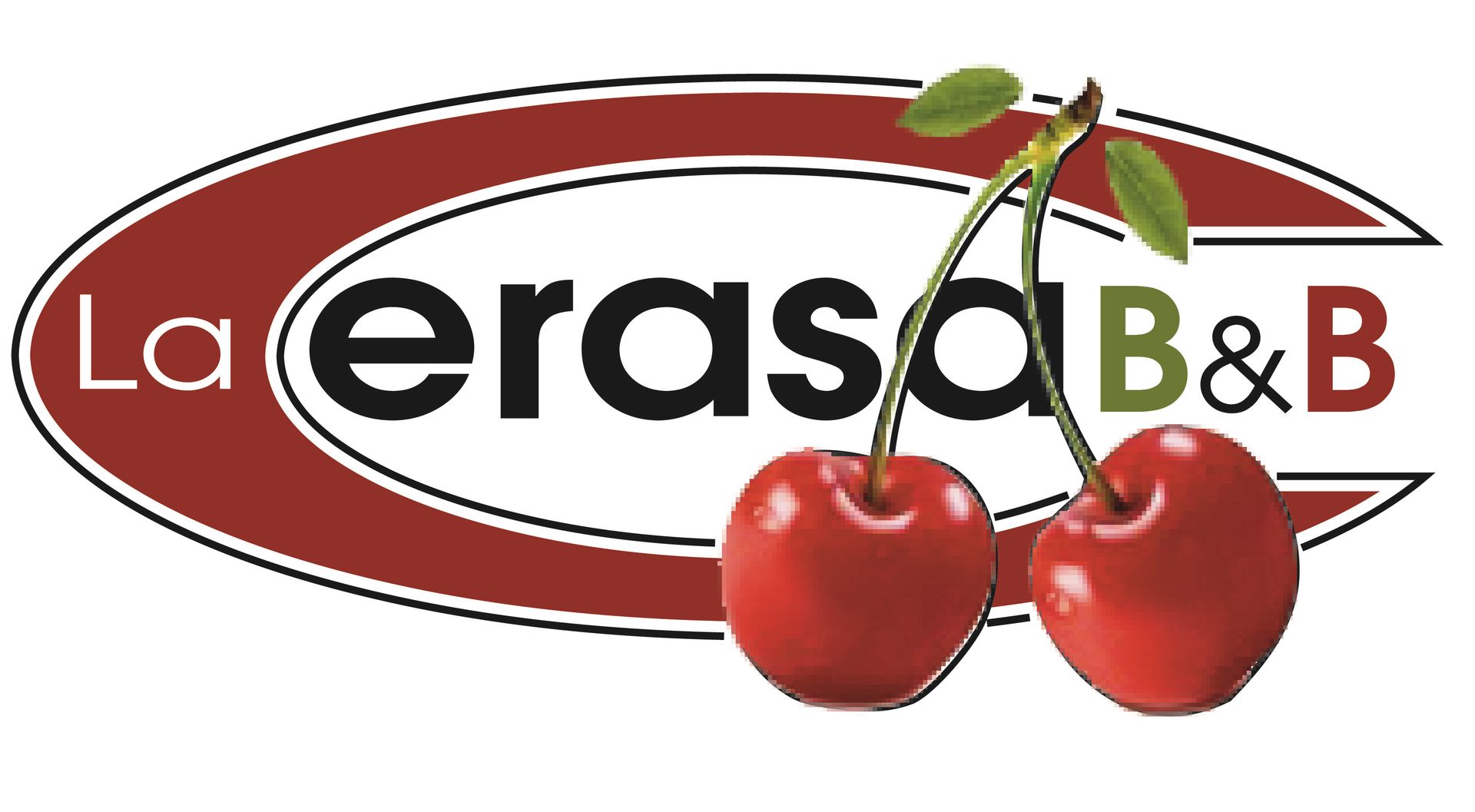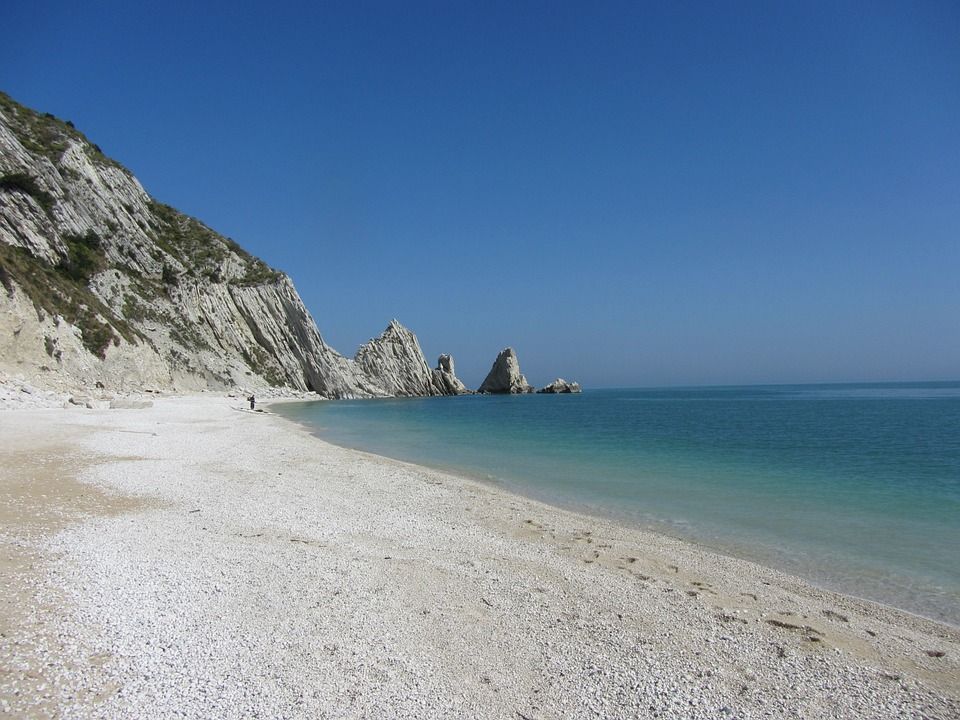This recipe collection has been narrated and passed down the generations from our Grandmothers, with the aim of safeguarding Our cuisine from oblivion.
The recipes that are illustrated, are only a small savouring of an ancient way of life, social and rural, that by necessity has been transformed, firstly, into habit and today into tradition.
The simplicity of the ingredients and the plainness of its utensils, is an all-seeing window into our past origins.
The dialectal and friendly character of these recipes, is an outline of the rural world from whence we descend.
Dedicated to all our Grandmothers and Great Grandmothers.
BRUSCHETTA COI SCARTOCCI (Toasted corncobs)
Scartocci (ears of corn)
Butter
Salt
Select ears of corn that are not completely ripe. Cook them on a spit over burning embers from a bonfire created with dry shrubs, on a starry night. Butter or salt to taste. May also be eaten with no dressing. Ears of corn harvested without the owner’s knowledge are even better!
ERBE STRASCINATE (Pan fried wild greens)
A handful of each of the following greens: chicory, grugni*, ceche*, caccialepri*, wild fennel. [* wild greens gathered in the open fields].
Two strips of ‘guanciale’ [pork lard from cheek] – chopped
Two garlic cloves
Salt
Wild greens should be rinsed well, boiled and then chopped coarsely. Stir fry lard with garlic, add wild greens. Serve hot.
If you want to gather these wild greens, the townsfolk of Genga are all to willing to indicate where to find them.
IL FREGANTO’
Garden vegetables: string beans, zucchini, pumpkin flowers and guides, peas, tomatoes, artichokes and more.
Two strips of chopped ‘guanciale’ [pork lard from cheek]
1 tablespoon of chopped lard
Finely chopped Onion
Two chopped tomatoes
A glass of white house wine
Salt and Pepper
Prepare and rinse well all vegetables. Prepare a sauté with ‘guanciale’, chopped lard and onion. Add all vegetables and pepper to taste. Leave to flavour. Add tomatoes, wine and a some water. Cook over a low heat and add salt at end.
Serve hot. ‘Fregantò’ may also be served cold.
LE LUMACHE DI SAN GIOVANNI (Snails a là Saint Giovanni)
Eighty cleansed earth snails
½ kg Ripe tomatoes chopped
1 small bunch of wild fennel
Red hot peppers
1 onion finely chopped
1 glass of white wine
Olive oil
Salt and Pepper
Boil snails in salted water. Remove snails from shells using a needle and rinse well under running water. Sauté the onion in oil. Add tomatoes and after ten minutes add wild fennel, hot peppers, wine and pepper. Then add snails. Allow to stew for half an hour. If the sauce dries out, add hot water. Serve on toasted home style bread slices.
Traditionally the cleansing or purging of the snails took place in a few hours. The snails were boiled and skimmed, at half time were removed from shells for further cleansing in hot water and vinegar. Washed again under running water were then rolled in flour and fried in boiling lard. They were then served with a green sauce made from wild mint leaves.
LUMACHE CON GLI ODORI (Snails with Herbs)
Eighty cleansed earth snails
1 small bunch of parsley finely chopped
Few sprigs of marjoram
Mint leaves
2 sprigs of rosemary
3 garlic cloves
1 bunch wild fennel
1 glass olive oil
1 glass white house wine
1 tablespoon of tomato paste or sauce
Salt and Pepper
Boil the snails in abundant salted water. In an earthen pot sauté the oil with herbs, except fennel. When softened add snails and allow to stew for some minutes. Add wine and allow to evaporate. Add wild fennel and allow to cook through. When cooking is almost terminated add tomato paste for colouring.
LA PADELLACCIA
Various pieces of fresh pork meat (lean and fatty cuts)
1 glass white house wine
Garlic
Rosemary
Salt and Pepper
In a steel pan, cook meat with herbs. At half cooking time add wine, salt and pepper. Boiled blood pieces may also be added. When meat is cooked through, strain. Use the melted fat left in the pan to fry the “crescia onta” (type of pita bread).
LA CRESCIA ONTA (Unleavened fried bread)
½ kg Corn Flour
1 handful of Wheat flour
Hot salted water
Knead flour and shape dough into circles. Cook on fire hot plate with burning embers over and under. Cut into wedges. Cut each wedge along its width. Fry in melted fat from the ‘padellaccia’ (see above). Arrange on a serving plate garnished with cerne. Served with wild greens (stir fried) and abundant Novello (new) red wine.
The ‘crescia’ served with a full glass of red wine was offered to the pork butcher and all the helpers during the pork curing (sausages, salamis, prosciutto, etc.).
LE SPUNTATURE (Pork entrails)
Among the pork entrails of the just killed pig, select the central part of the intestine. Remove the very fine external skin enclosing the intestine. Then cut the intestine into 10cm strips, do not wash, remove contents using index and middle fingers with a sliding motion. Then close the strips into a ring shape to avoid the internal substances from exiting. Season with salt, pepper, oil, garlic and rosemary. Place the ‘spuntature’ on a grill over burning embers (barbecue) and allow to cook. Should be crunchy when cooked. Serve very hot. A mouth watering dish for true connoisseurs!
I TOZZETTI (Almond biscuits)
1 kg Wheat flour
300 gm Sugar
100 gm Almonds
100 gm lard – melted
4 Eggs
½ glass Anisette liqueur
2 doses of cremore and bicarbonate
Grated lemon rind
Using a pastry board, mix flour, eggs, sugar and water or milk. Add other ingredients gradually. Knead mixture into smooth and compact dough. Form and shape dough as for bread loaf. Place in a and cook in a wood fire oven. Once cooked and cooled, cut loaf into slices. Place slices on baking tin and place once again in oven to dry out.
Biscuits keep well for long periods when kept in a cotton ‘sack’. The mixture is almost the same as for ‘kugelhups’ made in Friuli and eaten fresh.
IL CIAMMELLONE (ring cake)
½ kg Superfine Flour
200 gm Sugar
4 fresh eggs
100 gm Lard – melted
1 glass Anisette liqueur
Grated lemon rind
Vanilla essence
1 dose yeast for sweets or 15 gm cremore and 8 gm bicarbonate
Using a pastry board, make a well using flour. Add eggs inside well and beat, gradually adding sugar, lard, anisette, lemon rind and yeast. Create a compact and elastic dough. Form dough into ring shape (use glass in middle) or bread loaf and place on well greased baking tin. Using fingers brush egg yolk on cake surface. Cook in wood fire oven.
When a wood fire oven was used to cook bread, sweets, roasts, etc. the temperature was established by placing a piece of paper on the oven [inside] surface. If the paper burned, the oven was considered too hot and therefore the oven door was left open for some minutes. The right temperature was ascertained when the paper darkened and crumpled (curled over).
I BISCOTTI DI MOSTO (Wine Must biscuits)
2 litres wine must
1 kg bread dough
800 gm sugar
½ litre olive oil
200 gm beer yeast
100 gm aniseeds
Wheat flour (as required)
2 egg yolks
Dissolve bread dough with Wine Must; add yeast previously diluted in tepid water. Slowly and gradually add all other ingredients.
Allow dough to rise in a warm ambient, until it has doubled in size. The dough must be very soft. Form small loaves or braided loaves. Align on baking tins well greased with lard, and allow to stand and rise again. Using fingers, spread egg yolk over the top surface of the biscuits. Cook in wood fire oven. When cooked should be golden brown. Wine Must biscuits a few days old and cut into slices, which are then dried out in the oven and stored in linen ‘sacks’, can be preserved for a hundred years.
Recipes taken from the book 'Antologia della cucina popolare' (Anthology of Rural Cooking) _ published by Comunità Montana Alta Valle dell’Esino












